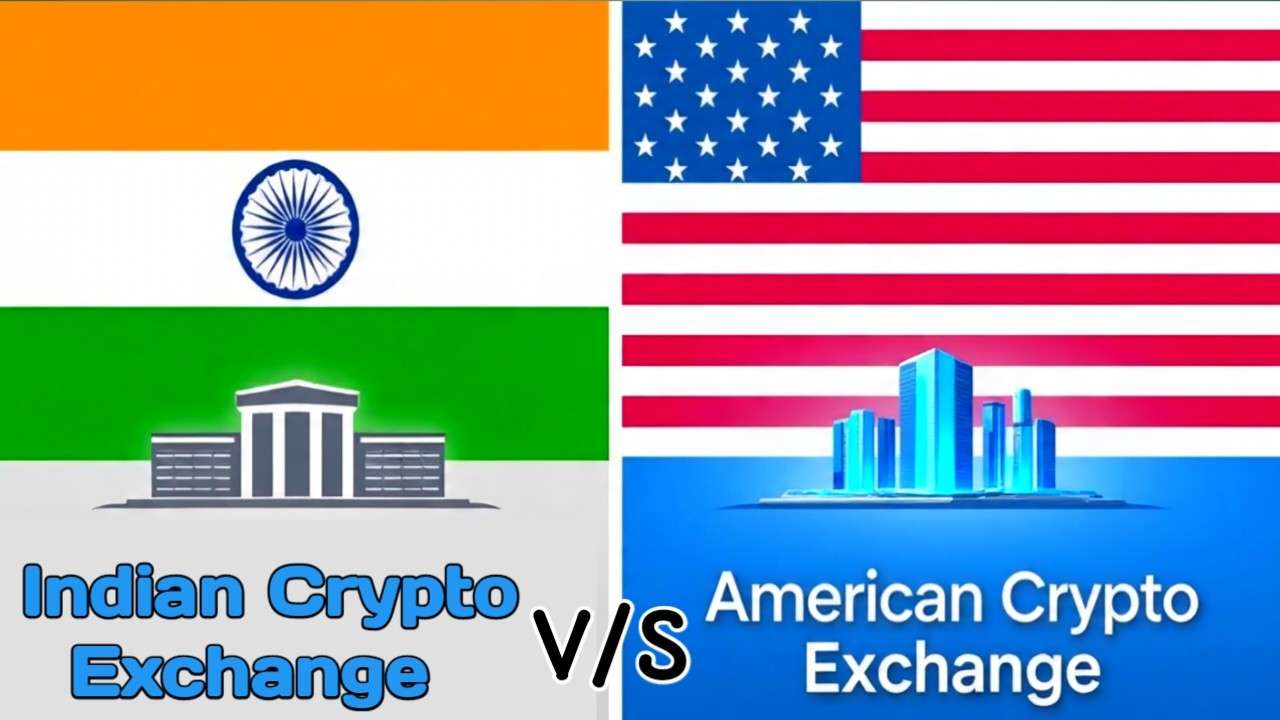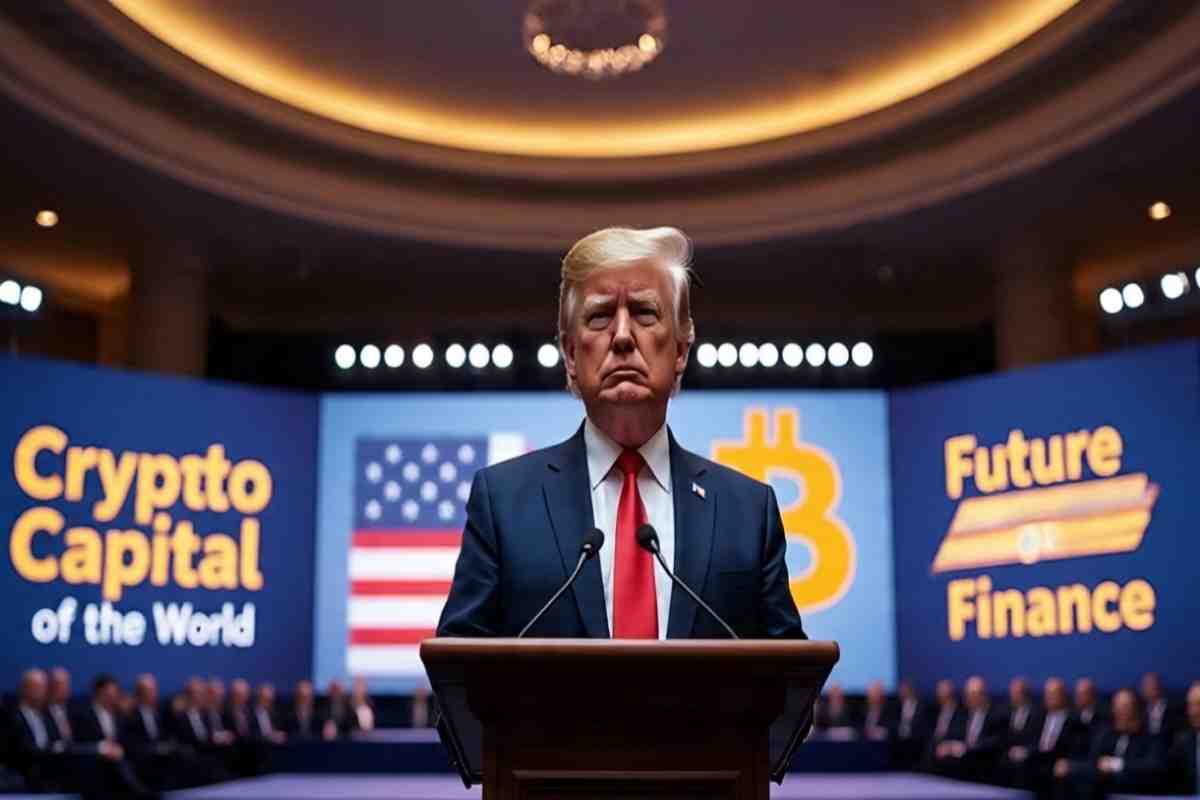Indian vs American Crypto Exchange: User Safety, Tax, and Regulations Compared

Author: Mustkim Alam
Cryptocurrency is one of those global financial topics where most countries remain in a confusing zone. One reason is the word “Crypto” itself — many countries believe this innovation might impact their traditional financial systems. Others believe ignoring crypto could leave them far behind in technology adoption. Among the tech-positive nations, the U.S.A stands out.

Why the U.S. Embraced Crypto Early
The United States has always prioritized innovation. From early internet adoption to Web3 development, American leadership believes that the country that controls the next wave of technology will lead the world. Former President Donald Trump stated multiple times that he wants to make the U.S. the crypto capital of the world.

Under this approach, America legalized Bitcoin ETFs and allowed giants like Coinbase, Kraken, and Gemini to operate under strict compliance frameworks. These exchanges are legally obligated to protect their users, and cases of fraud have resulted in legal action, fines, and even jail time.
The Reality of Indian Crypto Exchanges
In India, the situation is different. Most users trust international exchanges like Binance but are skeptical about local platforms. One major reason is the WazirX case, where many users still haven’t received their locked funds. Even though the Indian government charges a 30% tax plus 1% TDS on every crypto transaction, there is no official user protection framework.

The Reserve Bank of India (RBI) has publicly stated that investing in crypto is the user’s personal risk. WazirX registered itself in Singapore but offered services in India. Now, legal proceedings are also being handled in Singapore, which creates complications for Indian investors.
Why the Difference Matters
This creates a trust gap. Indian users feel left out, unprotected, and confused. American exchanges like Coinbase have 24/7 customer support, multi-layered verification, FDIC-insured fiat holdings, and government scrutiny. In contrast, many Indian exchanges do not offer such safeguards.

Government Policy & Taxation
The U.S. treats crypto as property, which means it’s subject to capital gains tax. But the IRS has clear guidelines and options for deductions and offsetting losses. In India, taxation feels more like a penalty. There’s no provision to offset losses, and the 1% TDS applies to every trade — win or lose.
Useful Resources for Indian Users
Q&A: Common Questions
Q: Which are the top U.S.-based crypto exchanges?
A: Coinbase, Kraken, Gemini, and Binance.US are among the leading American exchanges.
Q: Can Indian users trade on American exchanges?
A: Yes, but with certain limitations. Some exchanges restrict Indian KYC due to local regulations.
Q: Do American exchanges charge TDS like India?
A: No. American exchanges follow IRS tax reporting, not TDS. Users are responsible for annual tax filings.
Q: Does the U.S. impose taxes on crypto gains?
A: Yes, capital gains tax is applicable. But clear policies and deductions are available for traders and investors.
Conclusion
Indian users are taxed heavily without proper protection. American users benefit from structured rules and legal safety nets. Until Indian exchanges and policymakers introduce investor safeguards and platform transparency, trust will remain a big issue.
Author: Mustkim Alam
Visit Cryptotopupdate.com for More Insights
Disclaimer
Cryptocurrency is a highly volatile digital asset class. Please conduct your own research before investing. This article is for informational purposes only and does not constitute financial advice.
Suggested Reading
Call to Action
If you found this article helpful, please share it across your social platforms to spread awareness. Let’s build an informed crypto community together.

